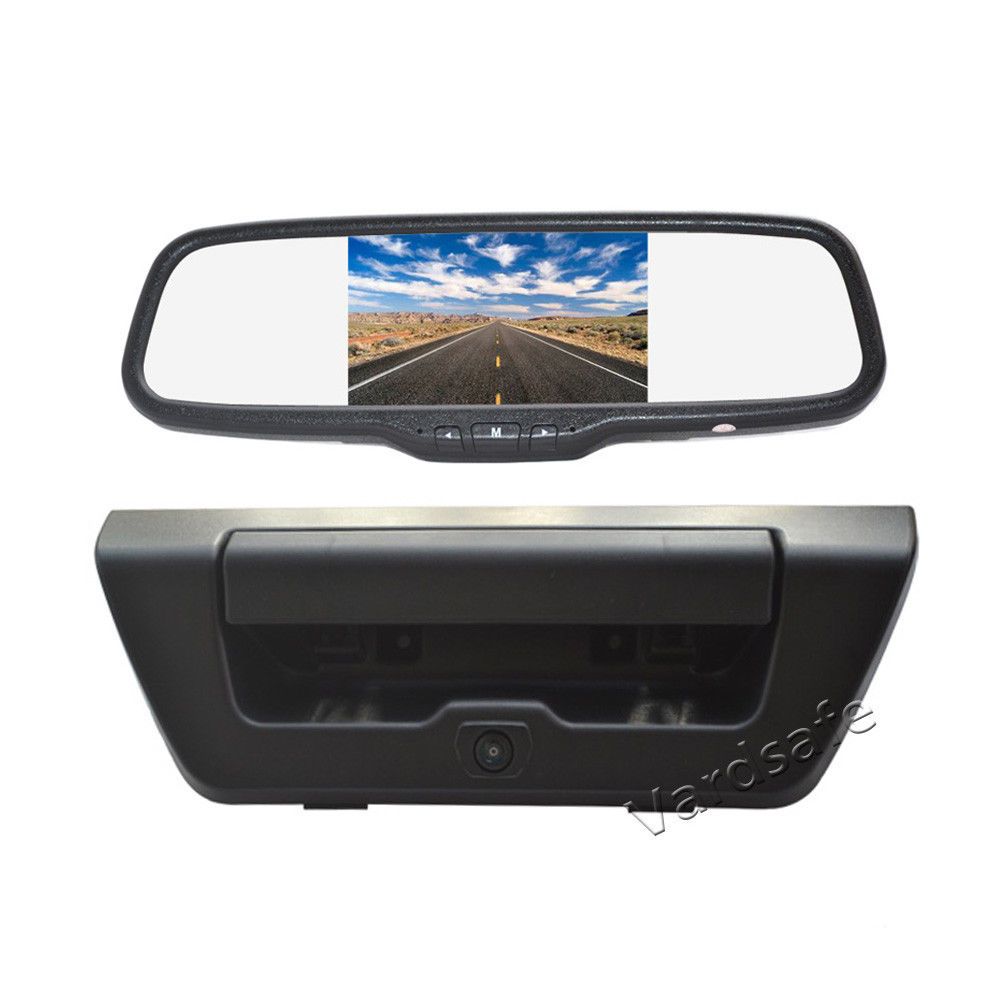
:no_upscale()/cdn.vox-cdn.com/uploads/chorus_asset/file/11675947/IMG_9526.0.0.jpg)
While older DSLRs like this (or even previous iterations, if you can find them) are a great cost-effective option to dip your toe into photography, we'd be remiss not to mention a mirrorless alternative that falls around the same price point: the Canon EOS M50 Mark II. It has an excellent high-resolution sensor that punches above its weight and a simple design that makes it easy to navigate your way around all the different camera settings. It's no slouch in the photo department, either. While it doesn't have a lot of the bells and whistles that you'll find on newer, more advanced models, that's actually to your advantage when you're just starting since it frees you up to focus on the basics and figure out what kind of photos you want to take. For someone just starting, it's very helpful, as it's essentially a built-in learning resource. Built right into the mode dial, the Guide Mode walks you through the camera's features in simplified terms, so you can learn the ropes of photography as you go. We believe this entry-level DSLR from 2018 is still one of the best cameras to start photography with, thanks to its unique interactive Guide Mode.

Our top choice for someone totally new to photography is Nikon's budget DSLR, the Nikon D3500. If you're looking to get into YouTube or content creation, check out our recommendations for the best cameras for YouTube instead. If you already know whether you'd prefer a mirrorless or a DSLR camera, see our lists for the best mirrorless cameras for beginners and the best DSLR cameras for beginners, respectively. We've bought and tested over 75 cameras, and below you'll find our recommendations for the best cameras for beginners. As a general rule, it's better to invest in a less expensive camera body and higher-quality lenses than it is to invest in an expensive camera body and cheap lenses. Your chosen lens affects the amount of light that enters the camera, so it plays a big role in image quality, depth of field, and low-light performance, not to mention autofocus and stabilization. Note also that a camera's overall performance will vary depending on the lens you use. This list is geared (no pun intended) toward users who want to buy a new model, but keep in mind that there's a large used market for cameras, and you can often find great deals on older models that make for excellent starter cameras and will be more than capable for most subjects. While we've included some mid-range options for those willing to spend more or simply want the latest tech, our best advice for beginners is to get whichever camera is within your means and work on learning the basics and, most importantly, to have fun with it. For that reason, we've structured this article, for the most part, in order of ascending price, as our top pick also happens to be our top budget model. So, the best way to get started is to go out and start shooting with whatever gear is available to you. It might be tempting when you're just starting in photography to splurge on a shiny new high-end camera with all the bells and whistles, but the truth is that all the gear in the world won't make you a better photographer if you don't know what you're doing.


 0 kommentar(er)
0 kommentar(er)
